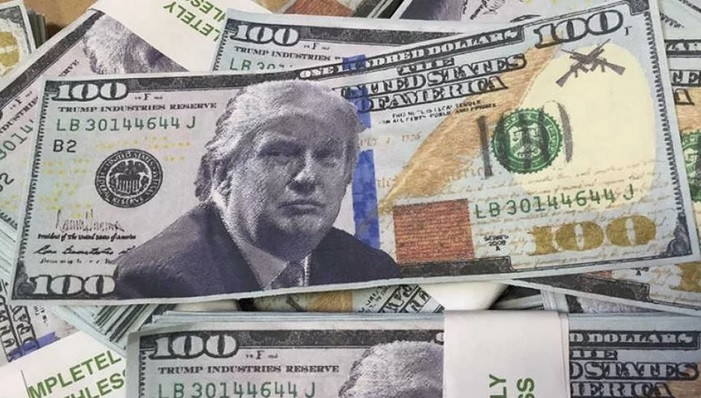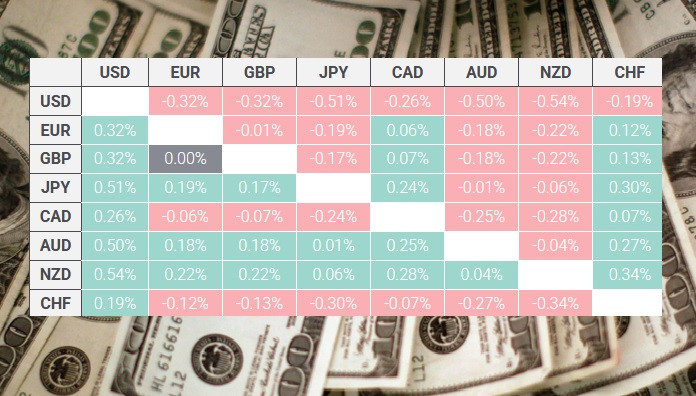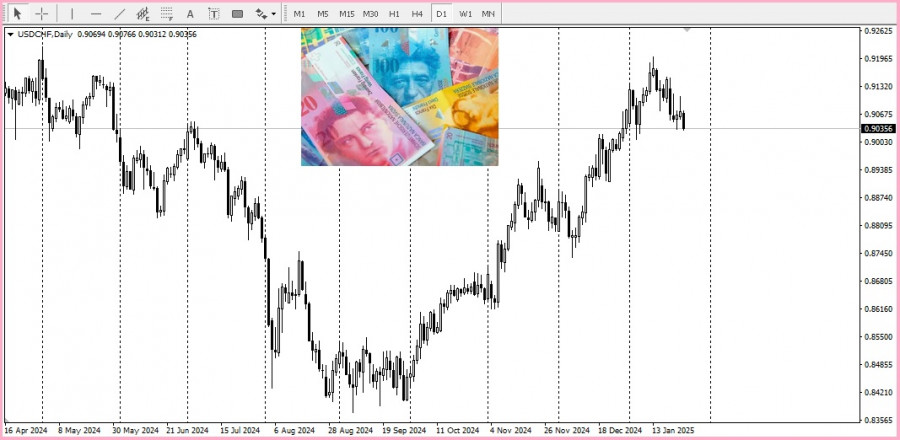यह भी देखें


For the second consecutive day, the U.S. Dollar Index (DXY) is declining, hitting a new monthly low, dropping nearly 0.40% intraday, and remaining on track to register losses for the second week in a row.
Markets are pricing in the likelihood of the Federal Reserve cutting interest rates twice this year amid signs of inflationary pressures in the U.S. Adding to this, U.S. President Donald Trump, speaking remotely at the World Economic Forum in Davos, stated that he will push for lower interest rates, which is seen as a key factor undermining the dollar.
Trump also mentioned that his conversation with Chinese President Xi Jinping was friendly, and he would prefer to reach a trade agreement with China without resorting to tariffs. This reduces concerns about Trump's protectionist policies, which could drive inflation, and supports expectations of further easing by the Federal Reserve. These factors contributed to a modest decline in U.S. Treasury yields, thereby exerting additional pressure on the dollar.
Moreover, the Bank of Japan's hawkish rate hikes are supporting the Japanese yen, creating downward pressure on the dollar, as the yen is also considered a safe-haven asset.
In general, the positive sentiment in equity markets further undermines the dollar's status as a safe-haven asset, leading to an intraday decline in the index.
Today, for new trading opportunities, attention should be paid to the release of U.S. business activity indices, which could provide new momentum during the U.S. session.
From a technical perspective, the RSI (Relative Strength Index) crossed below the 50-level on the daily chart, indicating that bears are gaining control.
The table below shows the percentage change in the U.S. dollar relative to major traded currencies today.
The U.S. dollar performed strongest against the Swiss franc.
You have already liked this post today
*यहां पर लिखा गया बाजार विश्लेषण आपकी जागरूकता बढ़ाने के लिए किया है, लेकिन व्यापार करने के लिए निर्देश देने के लिए नहीं |






